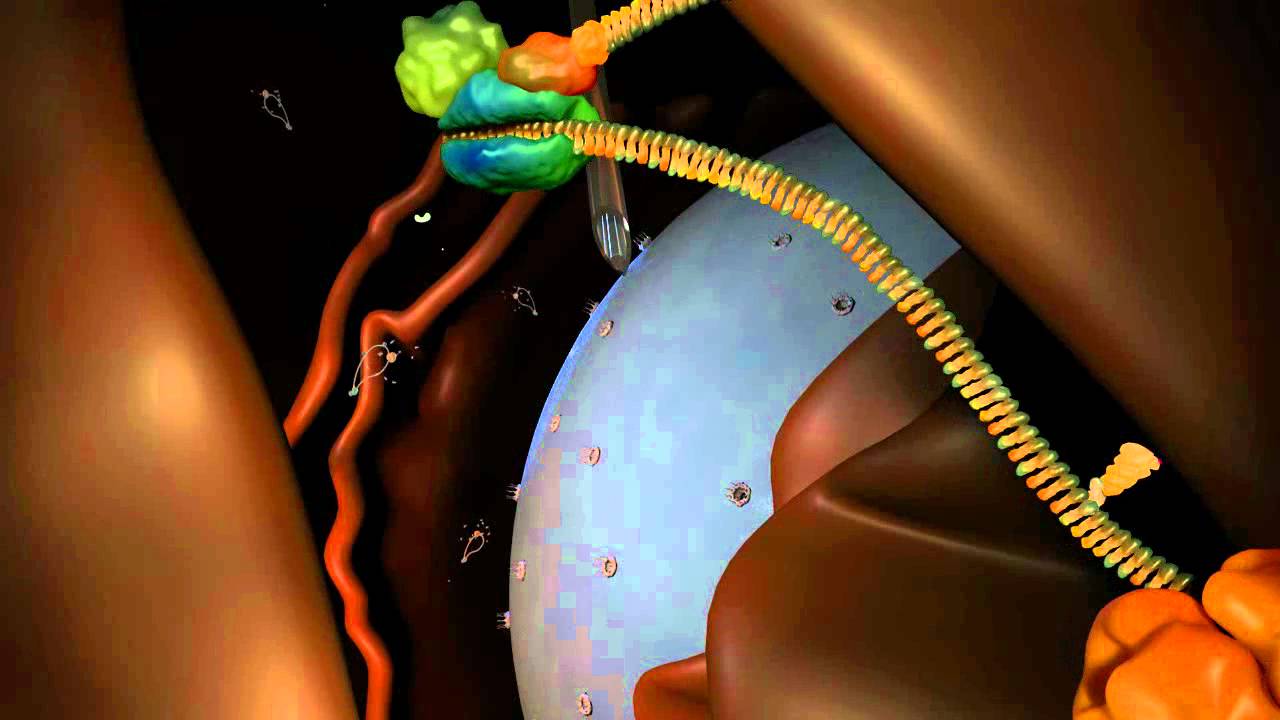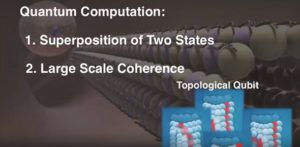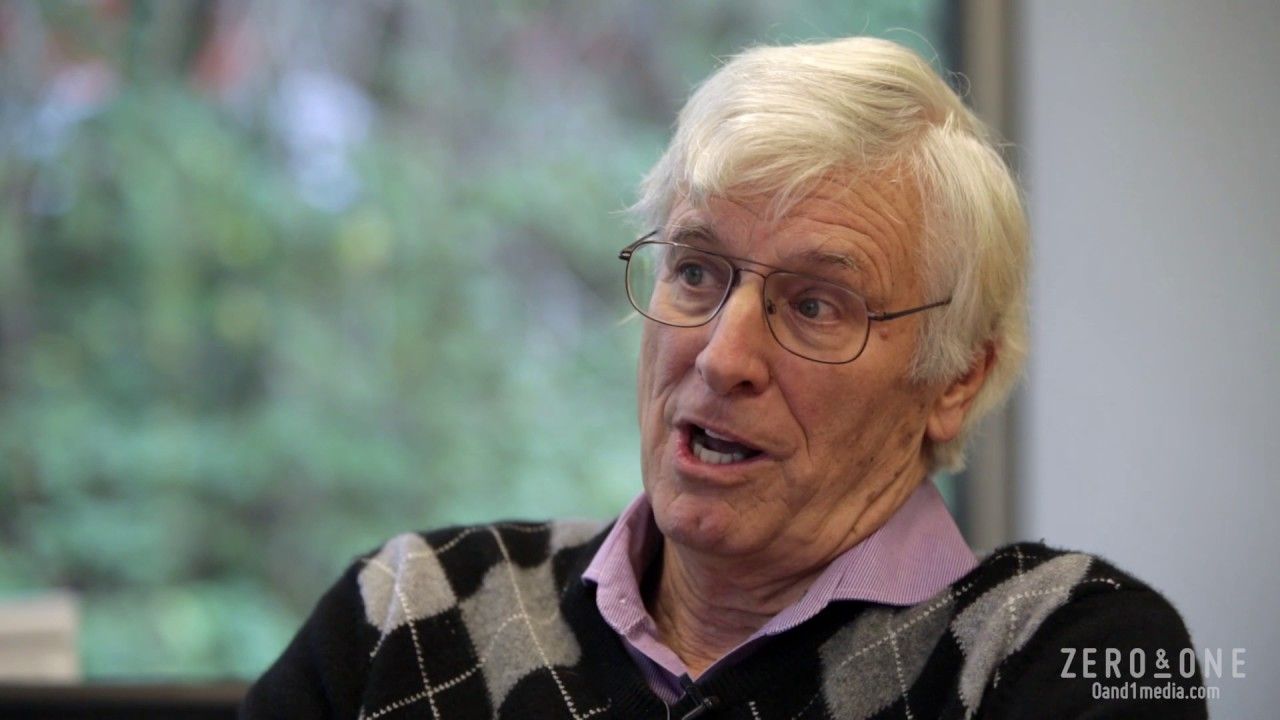Feb 7, 2017
Microsoft Cognitive Services push gains momentum
Posted by Klaus Baldauf in category: robotics/AI
The machine-learned smarts that enable Microsoft’s Skype Translator, Bing and Cortana to accomplish tasks such as translating conversations, compiling knowledge and understanding the intent of spoken words are increasingly finding their way into third-party applications that people use every day.
These advances in the democratization of artificial intelligence are coming in part from Microsoft Cognitive Services, a collection of 25 tools that allow developers to add features such as emotion and sentiment detection, vision and speech recognition, and language understanding to their applications with zero expertise in machine learning.
Continue reading “Microsoft Cognitive Services push gains momentum” »




 Vukolić started his career as a post-doc intern at IBM in Zurich Switzerland. After a teaching stint as assistant professor at
Vukolić started his career as a post-doc intern at IBM in Zurich Switzerland. After a teaching stint as assistant professor at 












